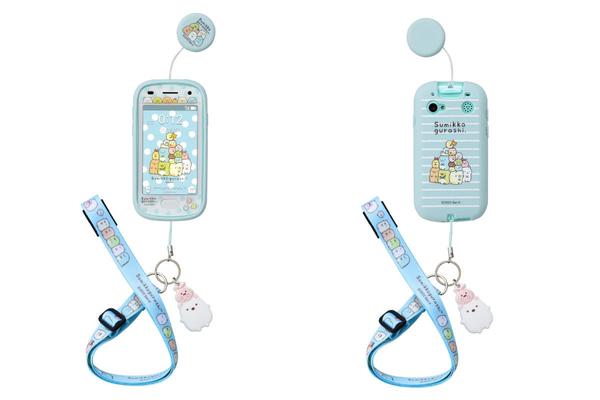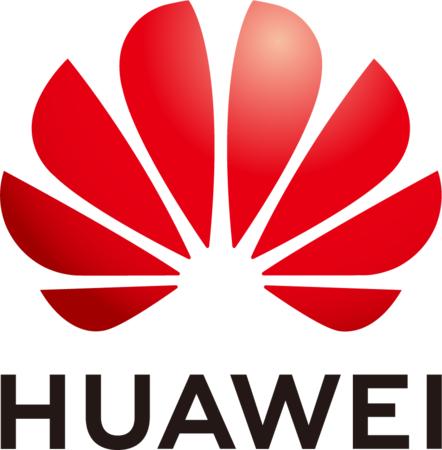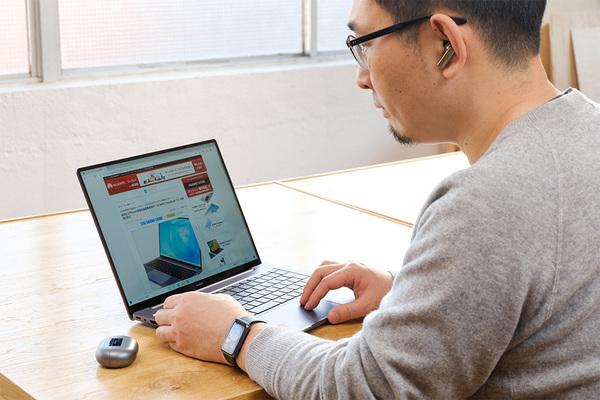The Ultimate Guide On Fast Charging Vs. Wireless Charging
- 1987
- 98
The Ultimate Guide On Fast Charging Vs. Wireless Charging
- By huawei-accessories.com
- 23/04/2024
An efficient approach to charging our devices is necessary in the era of high-tech gadgets and busy lifestyles. Fast and wireless charging are two popular examples of charging methodologies that have taken over conventional charging. Here, we dissect both technologies to understand their edge, speed, and efficiency.
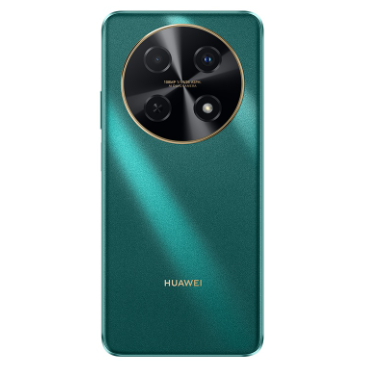
Fast charging vs. wireless charging: An Overview
As the name implies, fast charging speeds up the charging process dramatically. This technology increases the volume of electric current delivered to the battery. Depending on the phone and its wall adapter, a battery can be recharged from 0% to 50% or even more within 15-30 minutes. For example, the HUAWEI nova 12i supports fast charging and has a 5000mAh battery capacity. Also, fast charging allows you to perform your daily tasks seamlessly.
On the other hand, wireless charging, or inductive charging, uses magnetic fields to transfer energy from a charging pad or stand to the device. Freeing users from tangled cords and fumbling with plugs, wireless charging offers a convenient, hassle-free way to recharge devices.
The Speed Factor
Fast charging technology is all about time efficiency. In a world always on the go, waiting hours for our devices to recharge is only sometimes convenient. With advancements in charging technology, it's possible to get substantial battery power in minutes, a boon for travelers, business professionals, and virtually anyone.
Efficiency and Compatibility
Fast charging does not compromise the phone's battery life and is generally compatible with most newer devices. Though not all fast charging technologies work the same, they can differ based on the manufacturer's support for a fairly universal fast charging standard, such as USB Power Delivery (USB-PD).
The Ease of Use
Wireless charging is about the simplicity and convenience of placing a device on a charging pad. This technology eliminates the need for cables and makes charging easy, especially at night, when the visibility is poor, or while multitasking.
Compatibility and Limitations
While wireless charging adds a level of convenience, not all devices are compatible with this feature, and there are limitations to its use. Wireless charging generally takes longer than wired charging. Also, the device has to be correctly placed on the charging pad, and using the device while it's charging can be inconvenient.
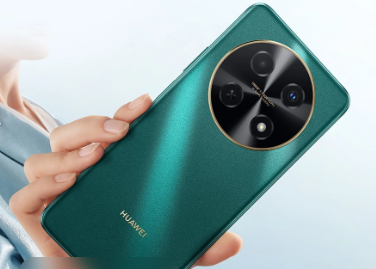
Fast Charging vs. Wireless Charging: Finding the Balance
Each charging method comes with its own set of pros and cons. While one offers a super-speedy energy transfer, another provides a cord-free and convenient charging experience. The choice between fast and wireless charging depends on an individual's needs and preferences.
In terms of speed, fast charging unquestionably takes the lead. On the other hand, wireless charging offers convenience and a step towards a cordless future. To enjoy both benefits, many smartphone manufacturers are starting to incorporate both fast and wireless charging capabilities in their devices. This dual-charging-functionality is the ideal solution for our gadget-driven world.
Conclusion
As technology continues to evolve, so does how we power our smartphone devices. Both fast and wireless charging streamline and simplify this process, albeit in different ways. Understanding the different offerings and trade-offs can help consumers decide how they power up, depending on their individual requirements and lifestyle needs. After all, in an increasingly digital world, staying powered up is important.


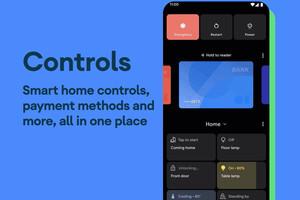
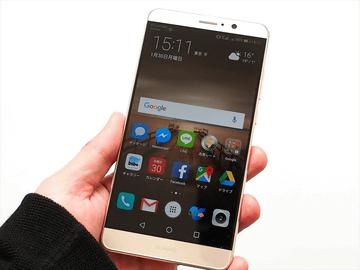
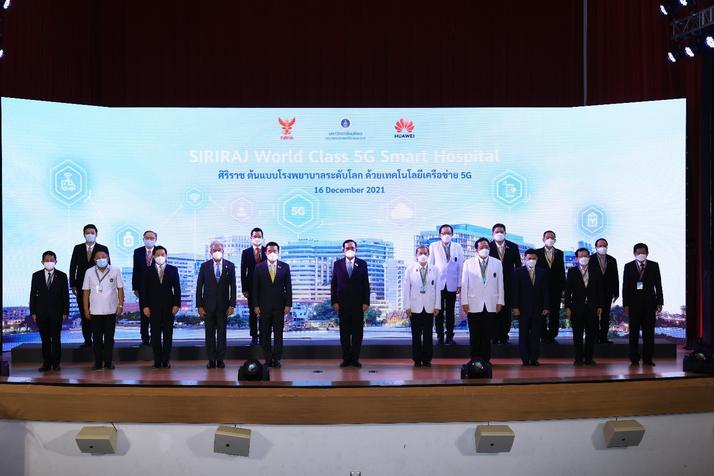
![[VLOG interlocking report] Try the combination of Manfrotto's Nitro Tech 608 and iFootage's TC6 [VLOG interlocking report] Try the combination of Manfrotto's Nitro Tech 608 and iFootage's TC6](https://website-google-hk.oss-cn-hongkong.aliyuncs.com/drawing/article_results_9/2022/3/25/278166fcc7181b73dd99af1b87fd6482_0.jpeg)
